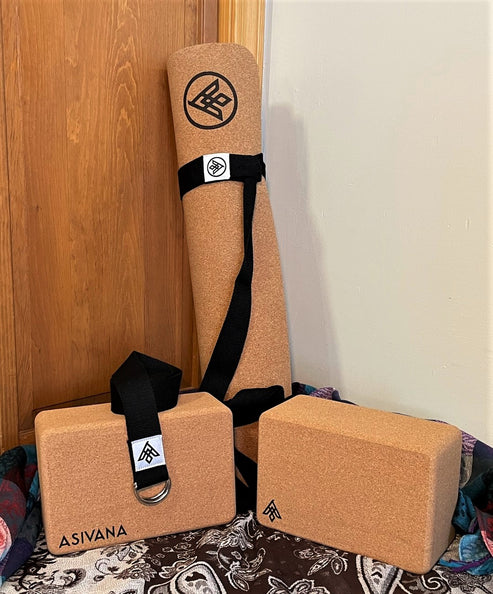What is Vinyasa Yoga?
Jack UtermoehlShare
Vinyasa yoga is a dynamic and fluid practice characterized by seamless transitions between postures, guided by breath. It is often described as a "moving meditation," blending physical movement with mental focus.
At its core, vinyasa is known as a "linking mechanism"—the synchronization of breath with movement. This connection, often using ujjayi pranayama, creates a rhythmic flow, differentiating it from other styles of yoga.
Origins of Vinyasa Yoga
Vinyasa yoga evolved from hatha yoga and is closely associated with ashtanga yoga. It emphasizes the harmony between breath and movement, offering a dynamic and fluid approach to yoga.
This style gained popularity in the West in the late 20th century as practitioners sought an engaging, adaptable, and safe way to integrate yoga into modern lifestyles.
Vinyasa Yoga Practice
The essence of vinyasa yoga lies in its seamless transitions, with each movement initiated by the breath. This flow-based practice enhances flexibility, strength, and cardiovascular endurance.
Common Poses: Flow sequences, Chaturanga Dandasana, Upward Facing Dog (Urdhva Mukha Svanasana), Warrior I (Virabhadrasana I)
Vinyasa Yoga Suitability
Experience Level: Mixed Level (Suitable for All)
Physical Demand: Balanced Activity to Athletically Intense
Mind-Body Engagement: Physically Focused with Mindful Elements
Adaptability: Moderately Adaptable
Focus Area: Comprehensive Fitness
Notes on Vinyasa Yoga
Vinyasa yoga enhances strength, flexibility, stamina, balance, and coordination while fostering mental clarity and stress relief.
Similar Styles
Aerial Yoga, Ashtanga Yoga, Hatha Yoga, Hot Yoga, VinYin Yoga
Equipment Needed
Required: Yoga Mat
Nice to Have: Yoga Blocks, Yoga Strap
Optional: Bolster, Yoga Blanket, Eye Pillow, Sandbags
Yoga Essentials for Your Practice
Support your yoga journey with high-quality, sustainable props designed for comfort and stability.

Crafted from eco-friendly cork for durability and a comfortable practice.
$24
Shop Now
Includes everything you need to get started: a mat, blocks, and a yoga strap.
$120
Shop NowReferences
"The Heart of Yoga: Developing a Personal Practice" by T.K.V. Desikachar
"Vinyasa Yoga Benefits" by Jack Utermoehl
"Vinyasa Yoga Calories Burned" by Jack Utermoehl
"Introduction to Hot Vinyasa Yoga" by Jack Utermoehl






